13 Must-Have Ecommerce Features for Online Stores in 2025
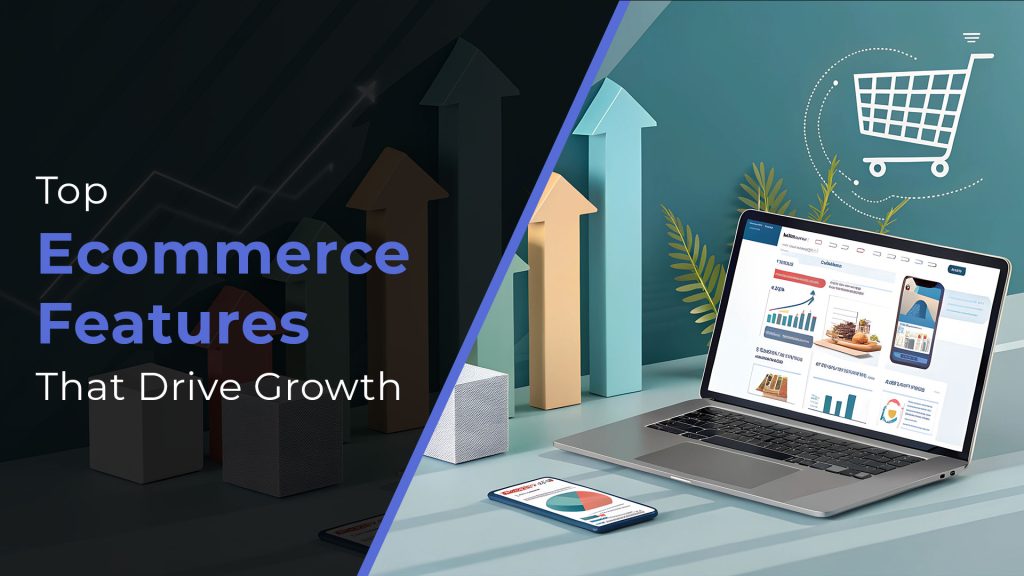
The e-commerce industry is growing at a rapid pace, and according to the International Trade Administration, the global B2B e-commerce market is expected to reach $36 billion by 2026.
But is just building an eCommerce store enough? Well, in 2026 it’s definitely not. You need to integrate e-commerce features that streamline the process and enhance the consumer experience.
In this guide, we’ll walk through the must-have ecommerce features every online store should adopt in 2025.
Top E-commerce Features in 2025:
- User-friendly navigation
- Multilingual support
- Social media integration
- Secure payment gateways
- Internal search
- Personalized recommendations
- Product reviews and ratings
- Agentic AI features
- 360° viewing & virtual try-ons
- Chatbots
- Push notifications
- Order tracking
- Seamless return policy
#1. User-friendly Navigation
A successful e-commerce website starts with a clean and simple layout. Shoppers should be able to find what they need within a few clicks. Disorganised menus and complicated designs often kill conversions and hurt brand reputation.

#2. Multilingual Support
Your store should support multiple languages to reach a wider audience. It not only boosts engagement but also builds consumer trust. It also works wonders in positioning your brand as global, granting a competitive edge, and offering a personalized experience to consumers.

#3. Social Media Integration
Integrating social media with your e-commerce site builds credibility and helps customers connect with your brand. Social media exposes new ways of marketing, such as paid marketing, storytelling, and creating buzz around the product, to acquire new customers.
#4. Secure Payment Gateways
Secure and flexible payment options are essential features of e-commerce. Offering methods like e-wallets, UPI, net banking, and cash on delivery gives customers confidence and reduces cart abandonment.
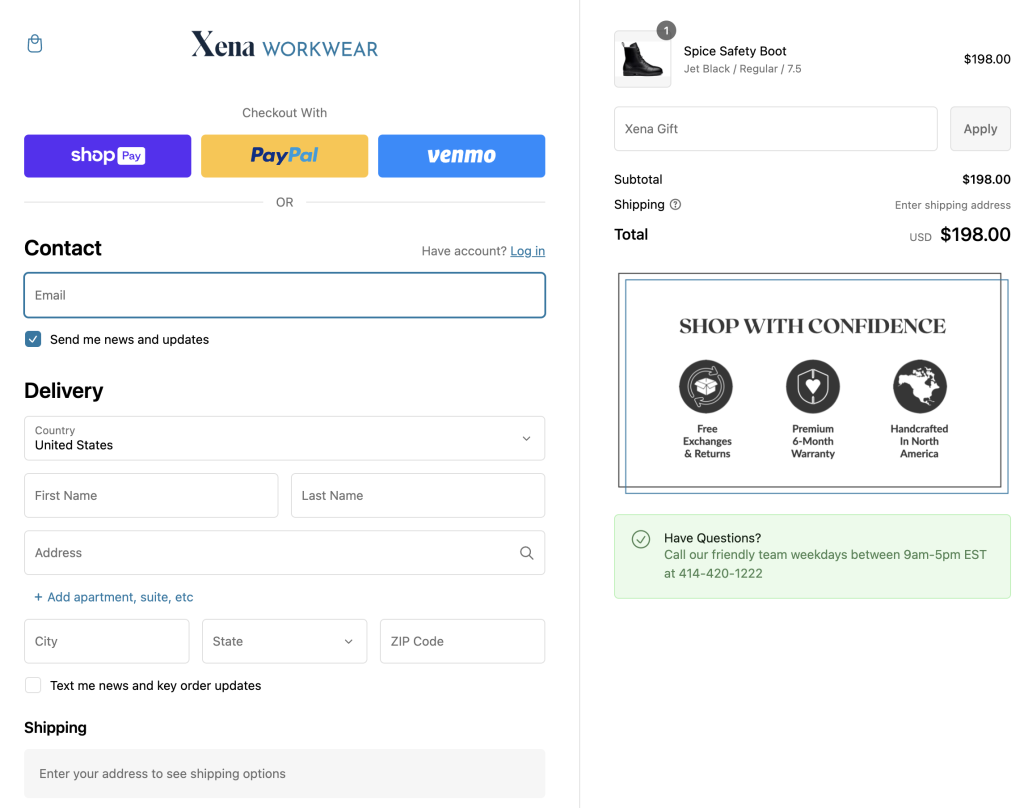
#5. Internal Search
A strong internal search helps customers quickly find what they’re looking for. Placing a search bar on every page and adding filters, suggestions, and typo correction makes the shopping journey smoother.
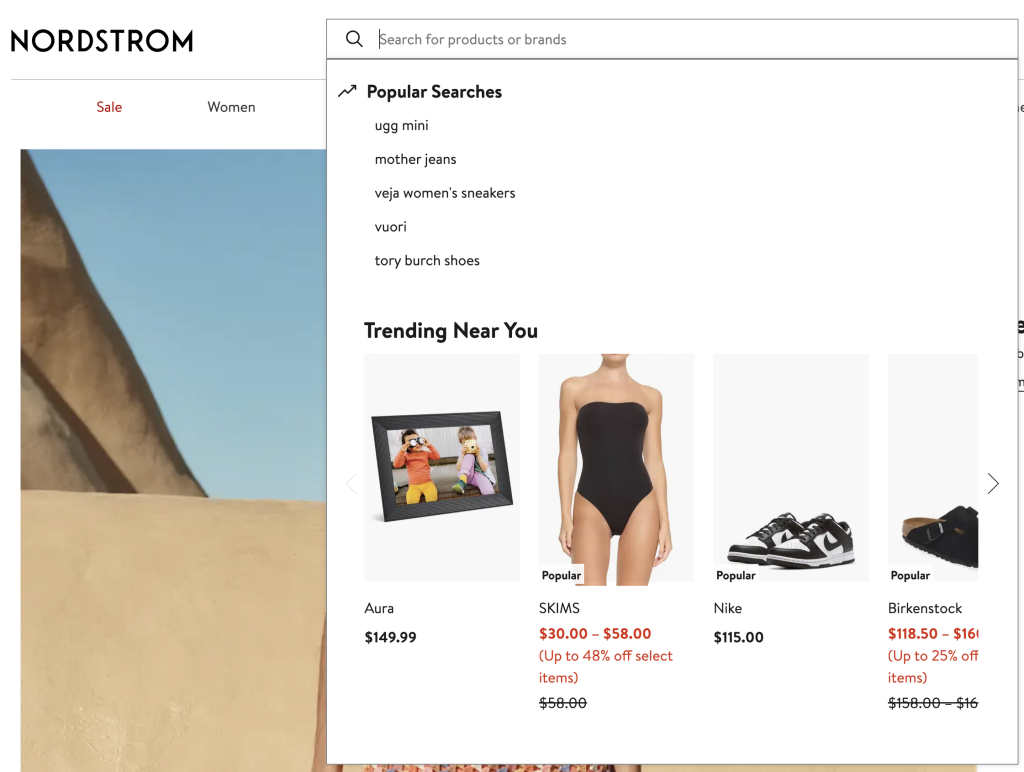
#6. Personalized Recommendations
In elevating the user experience, the personalized recommendations ‘ecommerce feature’ holds sway, as it customizes their shopping experience. It can be done by utilising buying history to suggest products, implementing dynamic pricing as per market demand, and consumer loyalty, etc.
#7. Product Reviews and Ratings
This feature is of great assistance when it comes to building trust and driving traffic as it works like a social proof. Therefore, you should encourage the consumers to give detailed reviews and even product photos if possible, as it showcases transparency.
These should be displayed on the platform prominently and could be sorted out into ‘most helpful’ or ‘most recent’ categories if needed
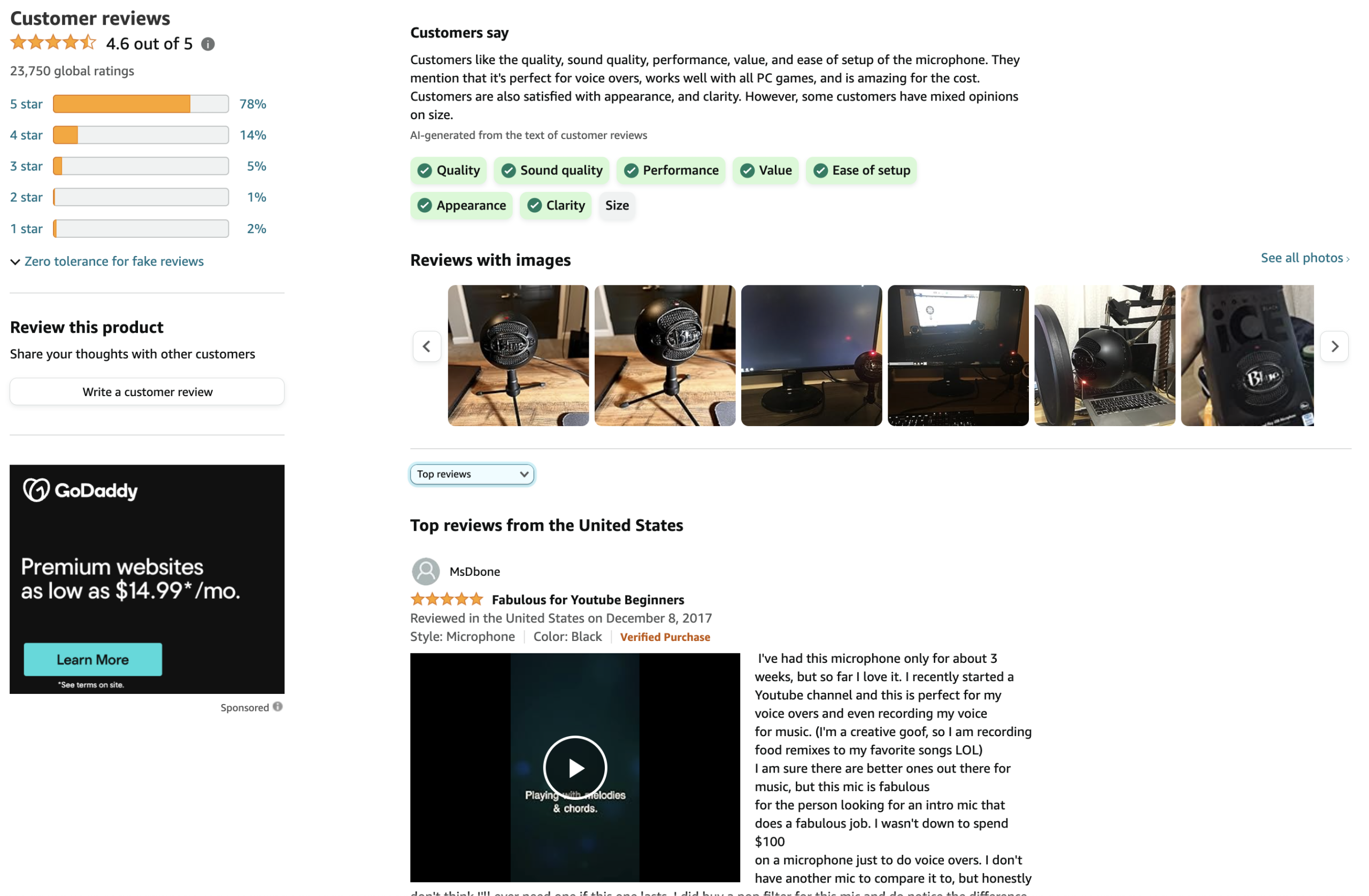
#8. Smart Features for Better Shopping
Enabling Agentic AI for browsing large chunks of data for analysing consumer behaviour, search history, etc, could be a good move as it saves time and effort.
It fosters highly personalized experiences based on this data. Moreover, it detects patterns, interactions, and recommends products that are more likely to be bought, boosting sales
#9. 360° Viewing and Virtual Try-ons
Giving customers the ability to see products from all angles or try them virtually reduces hesitation. These features make online shopping feel closer to in-store experiences, which helps build confidence in buying.
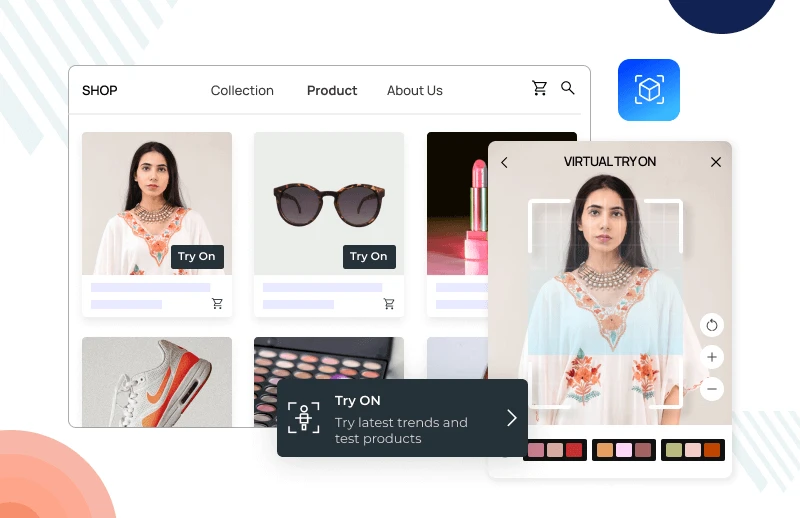
#10. Automated Chatbot
Automated chatbots are an important feature for the e-commerce website that assists consumers with basic queries, minimising human intervention.
It enhances customer support experiences, guiding them to their needs, available 24/7, providing convenience, boosting engagement, and increasing revenues.
It also proves invaluable in gathering insights by analysing the conversation, as it helps in identifying the gaps and working on them accordingly.
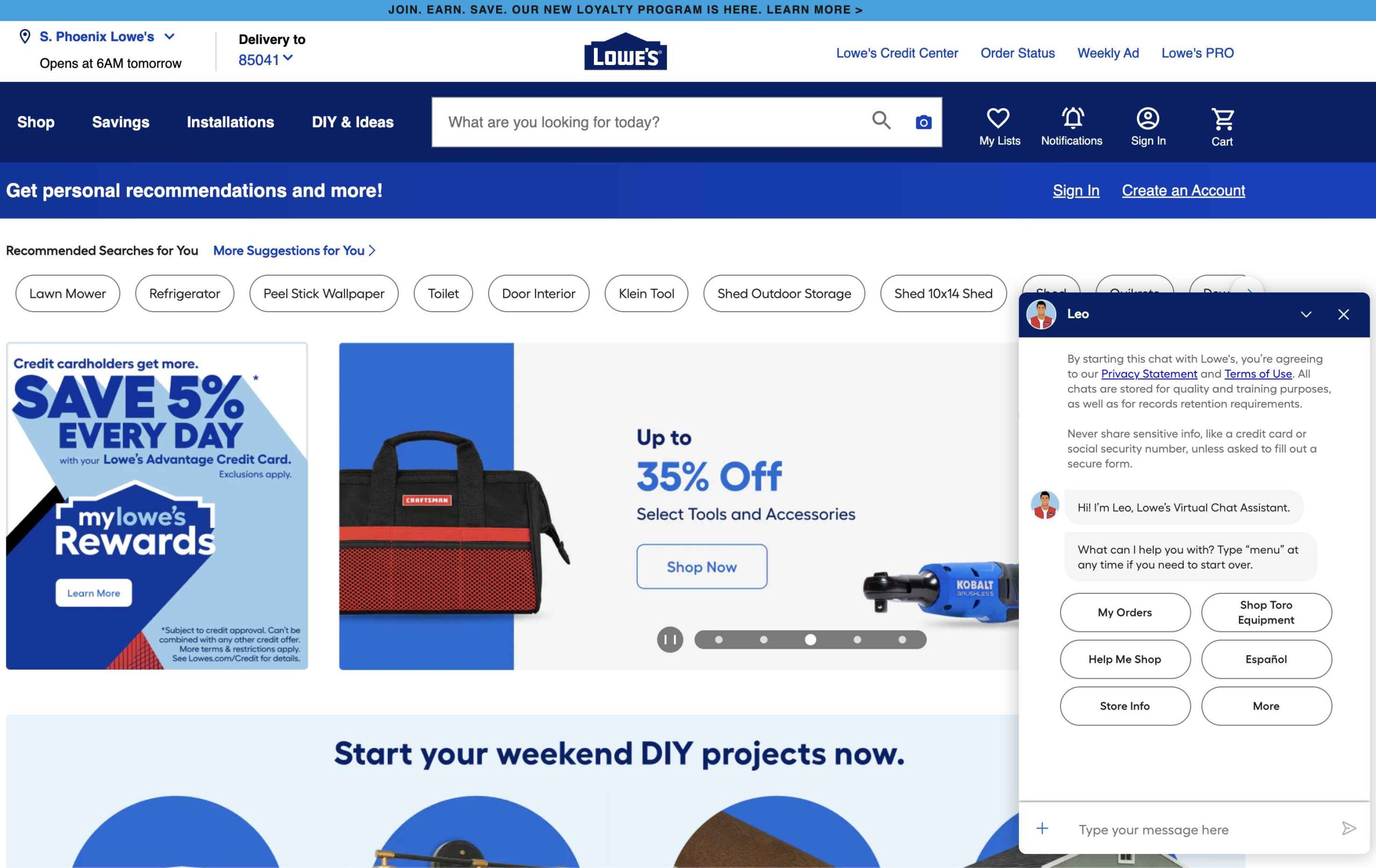
#11. Push Notifications
A powerful ‘ecommerce platform feature’ to keep your users hooked is push notifications. It facilitates timely notification of the latest updates to your consumers. Maintaining a relationship with your customers is made easy through them, as it helps in constantly reminding them about your brand.
If done right, it can market the brand very effectively; you just need to understand the consumer sentiments and connect with them, and then it can even bring back the former consumer base.
A classic example of this type of marketing is Zomato. Their fun and engaging push notifications are a topic of hot discussion among people.
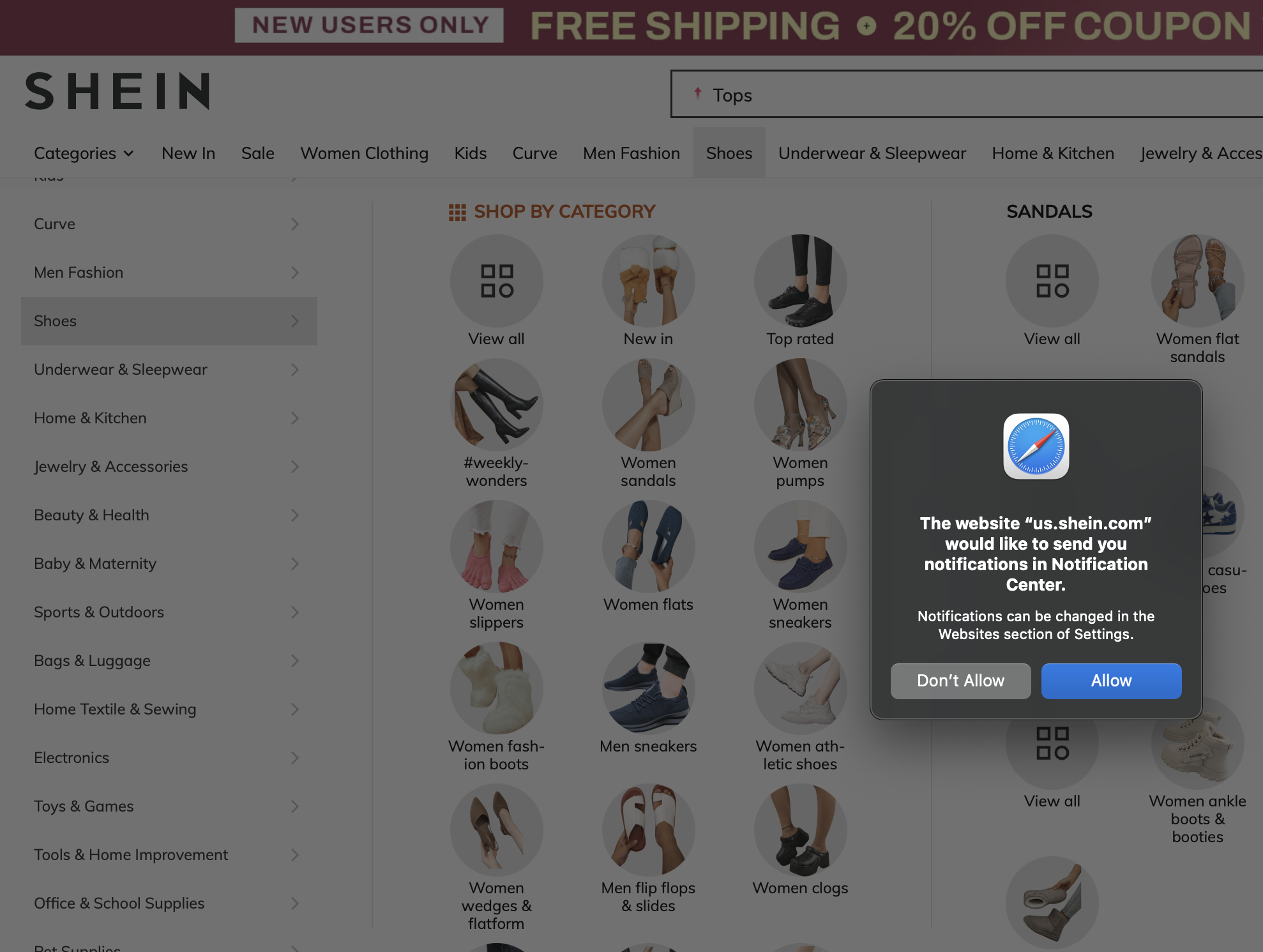
#12. Order Tracking
Once the order is placed, the first question that comes racing to the consumer’s mind is ‘When will it arrive?’, and here the order tracking feature comes into play.
This e-commerce feature is a must to provide for several reasons. Namely-
- Satisfies consumer curiosity
- Keeps them engaged
- Ensures transparency
- Builds trust and loyalty
Therefore, you must provide robust tracking options to the customers with real-time tracking, as it elevates their post-purchase experience.
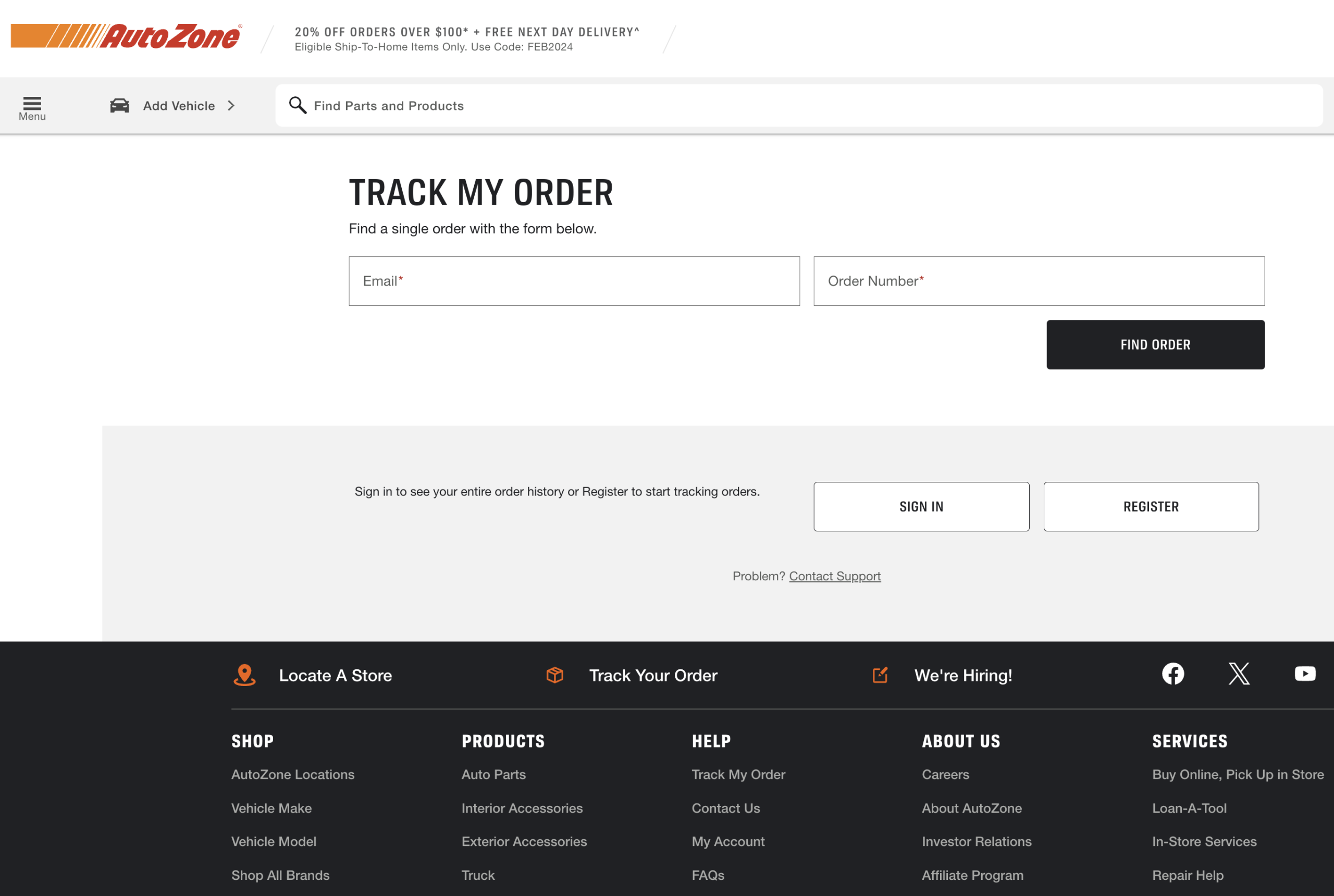
#13. Seamless Return Policy
A seamless and easy-to-understand return policy plays a crucial role in building consumer trust. It works as a reassurance for the consumers about purchase safety.
The policy should clearly specify the timeframes of process completion, list of eligible items, replaceable products, and refunds etc. If this process is simple, it increases the likelihood of the consumer buying and returning in the future.
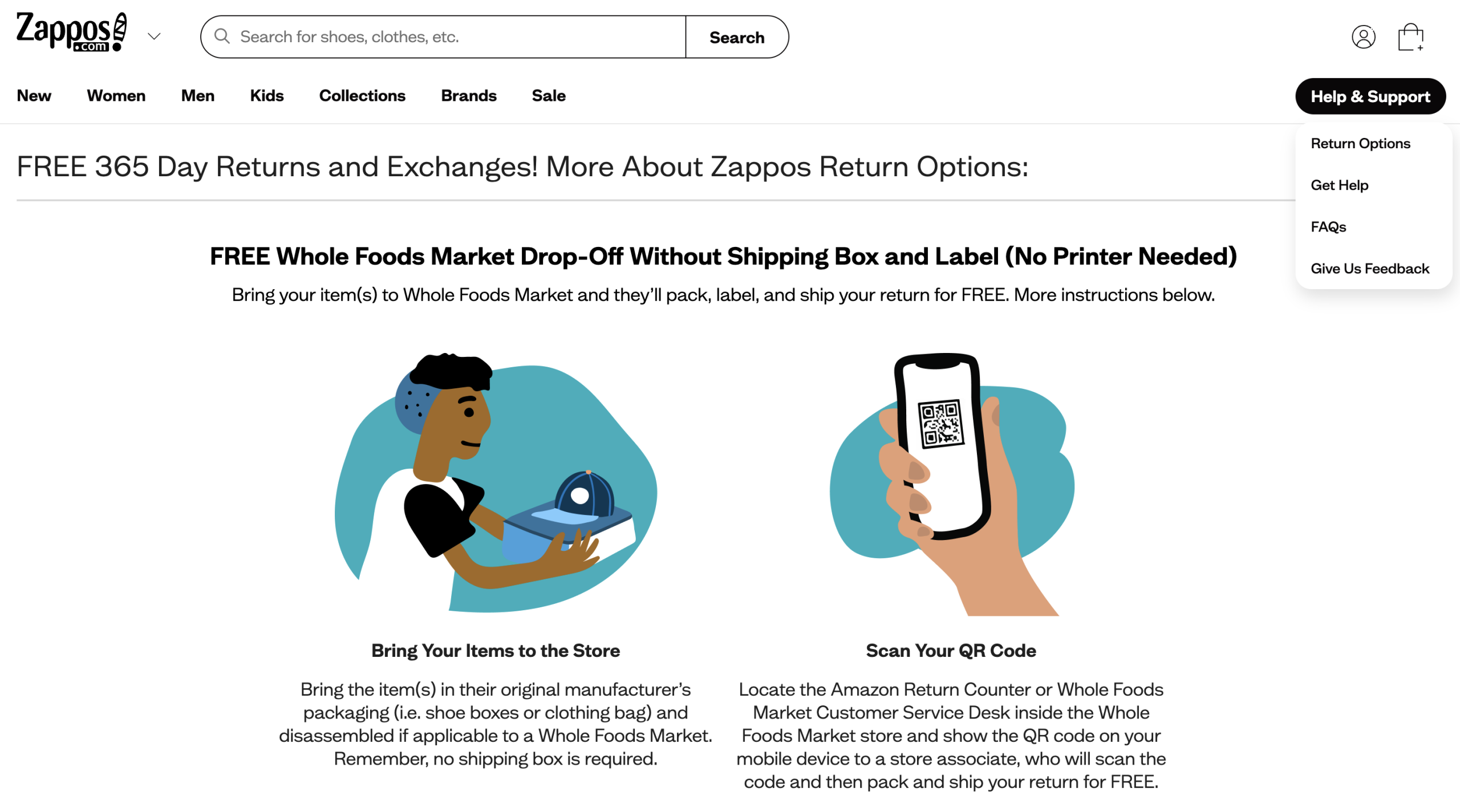
Benefits of Building an eCommerce Solution for Retailers
Building an eCommerce solution has numerous pros; we’ll take a glance at some of them. It is as follows-
Global Reach
An eCommerce platform offers a chance to reach a global audience and tap into the untapped market areas, achieving new heights.
Increased Revenue
Tailored solution with trending features and appealing designs, fosters growth and boosts revenues automatically.
Robust Brand Presence
When you develop your eCommerce store, it can be tailored to align with your brand’s voice and identity, strengthening the brand’s presence in the industry
Reduced Expenses
Building an e-commerce website eliminates the need for physical stores, reducing expenses. This directly impacts the product pricing, driving more traffic and boosting sales.
Quicker Processes
With the advent of AI usage in eCommerce, automation has doubled than ever, resulting in shorter processing times and quicker demand fulfillments.
These were some of the key factors why retailers should have their own eCommerce solutions.
Conclusion
These ecommerce features are no longer optional—they are essential to building customer trust, improving user experience, and driving consistent sales in 2025. From navigation and secure payments to AI-driven personalization, each feature contributes to a smoother shopping journey and a stronger brand presence.
By investing in the right features of e-commerce, businesses can create a platform that not only attracts visitors but also turns them into loyal customers.








 Branded Solutions
Branded Solutions






















